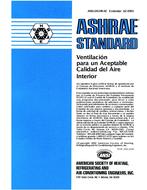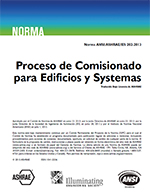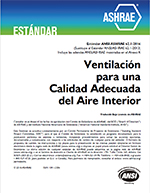Description
<p>When Hyperscale Data Centers first came on the market there was little concern about the outdoor air quality because the ventilation systems usedwithin the server rooms utilized almost entirely recirculated air. While this approach may have successfully maintained adequate air quality within theserver rooms, it came at a significant energy cost. In subsequent years, to reduce energy consumption, Hyperscale Data Centers have begun to use moreoutside makeup air in order to discharge the hot isle exhaust to the atmosphere.
<p>Bringing outside air into the server rooms has its drawback, however. These Mission Critical Data Centers are often equipped with back-up emergencypower that is provided with large diesel-powered generators. When these generators operate, either under emergency power or during routine scheduledtesting, they emit plumes that can be quite odorous and contain CO, NOx, and SO2. If this exhaust ends up being re-entrained into the server roomsthough nearby air intakes it can create adverse health and odor issues and/or accelerate corrosion within the servers.
Product Details
- Published:
- 2021
- Number of Pages:
- 8
- Units of Measure:
- Dual
- File Size:
- 1 file , 3.7 MB
- Product Code(s):
- D-VC-21-C031




